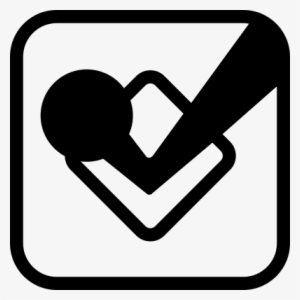Wikipedia:Manual of Style/Accessibility
This is a guide to editing articles for accessibility. For the project, see Wikipedia:WikiProject Accessibility
"WP:ACCESS" redirects here. For access keys, seeWikipedia:Keyboard shortcuts. For access to editing privileges, see Wikipedia:User access levels. For accessibility of content, seeWikipedia:Make technical articles understandable. For accessibility of sources, seeWikipedia:Published.
|
It is a generally accepted standard that editors should attempt to follow, though it is best treated withcommon sense, andoccasional exceptions may apply. Anysubstantive edit to this page should reflect consensus. When in doubt, discuss first on thetalk page.
|
Web accessibility is the goal of making web pages easier to navigate and read. While this is primarily intended to assist those with disabilities, it can be helpful to all readers. We aim to adhere to Web Content Accessibility Guidelines 2.0 (also known as ISO/IEC 40500:2012) on which the following suggestions are based. Pages adhering to them are easier to read and edit for everyone.
On 14 January 2006, the Board of the Wikimedia Foundation passed the following nondiscrimination resolution:"The Wikimedia Foundation prohibits discrimination against current or prospective users and employees on the basis of race, color, gender, religion, national origin, age, disability, sexual orientation, or any other legally protected characteristics. The Wikimedia Foundation commits to the principle of equal opportunity, especially in all aspects of employee relations, including employment, salary administration, employee development, promotion, and transfer.". The WMF asserts that its policies "may not be circumvented, eroded, or ignored by Wikimedia Foundation officers or staff nor local policies of any Wikimedia project."
Article structure
A standardized structure of articles improves accessibility, because it enables users to expect contents to be in a specific part of the page. For example, if a blind user is searching for disambiguation links and doesn't find any at the top of the page, they will know that there aren't any and they don't have to read the whole page to find that out.
Standardization is already a habit on Wikipedia, thus the guidelines to follow are simply Wikipedia:Manual of Style/Layout and Wikipedia:Lead section § Elements of the lead.
Headings
Headings should be descriptive and in a consistent order as defined in theManual of Style.
Nest headings sequentially, starting with level 2 (==), then level 3 (===) and so on. (Level 1 is the auto-generated page title.) Do not skip parts of the sequence, such as selecting levels for emphasis; this is not the purpose of headings.
Examples of correct and incorrect use of nested headings
Correct
|
Random/chaotic
|
Skipping levels
|
[Article lead here]
==Section==[level 2] ===Sub-section===[3] ==Section==[2] ===Sub-section===[3] ====Sub-sub-section====[4] ==Section==[2] |
[Article lead here]
====Section?====[4] ===Section?===[3] ==Section?== [2] ==Section?== [2] ====Section?====[4] ===Section?===[3] |
[Article lead here]
[Level-2 section missing here] ===Section?===[3] ==Section== [2] [Level-3 sub-section missing here] ====Sub-section?==== [4] ==Section== [2] |
Do not make pseudo-headings by abusing semicolon markup (reserved for description lists) and try to avoid using bold markup. Screen readers and other assistive technology can only use headings that have heading markup for navigation. If you want to reduce the size of the table of contents (TOC), use {{TOC limit}} instead. In cases where {{TOC limit}} cannot be used because of lower-level headings elsewhere in the article, then using bold for the sub-sub-sub headings causes the least annoyance for screen reader users. Using a pseudo heading at all means you have exhausted all other options. It is a rarity.
Examples of acceptable and incorrect use of pseudo-headings and description lists
Acceptable
|
Incorrect
|
[Article lead here]
==Section==[level 2] ===Sub-section=== [3] '''Pseudo-heading''' ==Section== [2] ===Sub-section=== [3] ====Sub-sub-section==== [4] ;A term followed by :a definition is a description list |
[Article lead here]
==Section==[level 2] ===Sub-section=== [3] ;Pseudo-heading ==Section== [2] ===Sub-section=== [3] <small>==Sub-sub-section==</smal |







0 comments:
Post a Comment